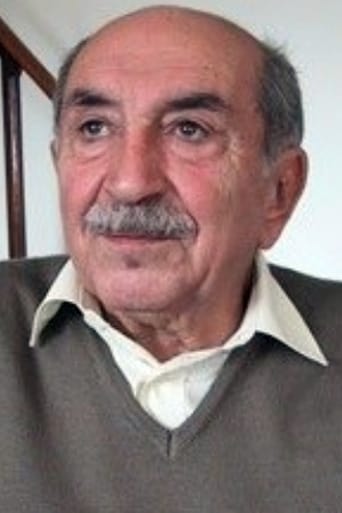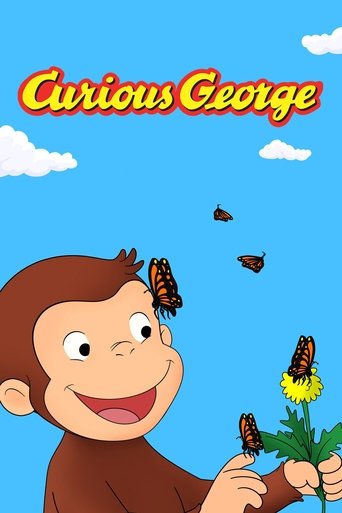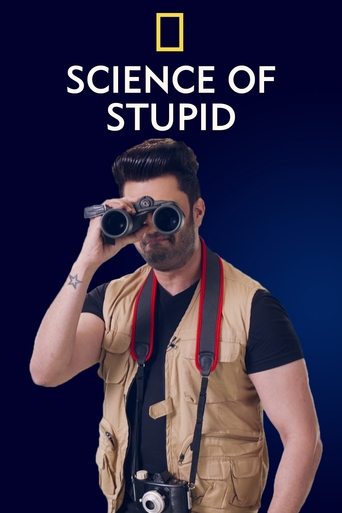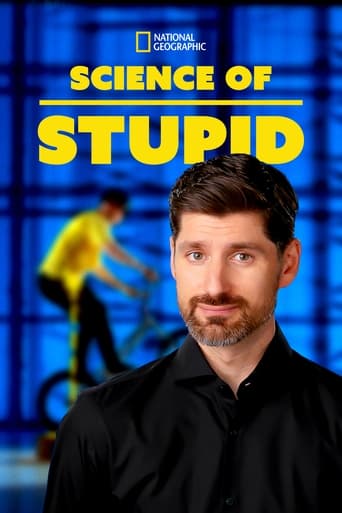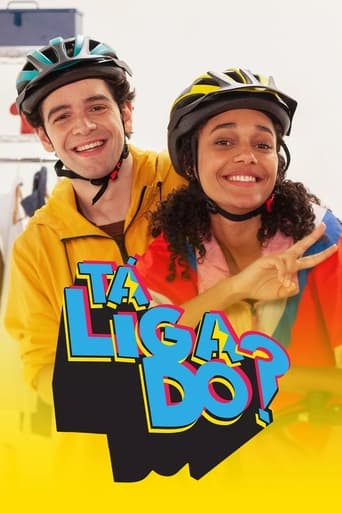
Rating:
7.822/10 by 129 users
The Planet Cell
The world of cells is incredible! Activating enzymes, stopping viruses, and managing the body’s police force: it’s all in a day’s work for Teacher.
Writing:
- Albert Barillé
Release Date:
Sun, Sep 13, 1987
Country: FR
Language: Fr
Runtime: 26
Country: FR
Language: Fr
Runtime: 26
Roger Carel
Maestro (voice)
Gilles Laurent
(voice)
Marie-Laure Beneston
Psi (voice)
Alain Dorval
(voice)
Henry Djanik
(voice)
Season 1:

The world of cells is incredible! Activating enzymes, stopping viruses, and managing the body’s police force: it’s all in a day’s work for Teacher.

After the first cell is fertilized, division and diversification take place to create the 60 trillion cells of the human body.

The body’s police force is taught to neutralize its enemies (microbes and viruses), which reproduce at an alarming rate! It’s a very complex task.

Red blood cells, the body’s police force, are created in the bone marrow but sometimes, the factory breaks down and wayward policemen come out. Uh oh!

The steadfast red blood cells have come down with the flu! Pedrito and Psi get some help from the Teacher’s antibodies to beat the enemy.

Pedrito cuts his finger with a dirty knife. While the platelets try to cure the wound, the white blood cells fight off the filthy invaders.

Globus takes Hemo and Globina on a tour through the human body’s cathedral: the heart and circulatory system. It’s an impressive adventure.

Air bubbles travel from the nose to the lungs. In the swampy, mucus-filled areas, they meet the red blood cells that transport them around the body.

Teacher introduces Hemo and Globina to the most mysterious organ: the brain. They learn about behavior, the senses, and much more.

The body’s messengers run around sending and receiving information about feelings like hunger and cold. They work day and night and never take breaks.
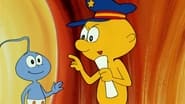
Eyes are magical! They break down and transmit images to the brain. What happens if a speck of dust gets into one? It’s tear enzymes to the rescue.

The ear is composed of cells that sense vibrations and transmit them to the brain. Then, the brain transforms them into words and sounds.

Skin is the first barrier against external aggression and helps eliminate waste. From cuts and scrapes to bug bites, it stays pretty busy.

Yum! Candy! But sugar strengthens the bacteria around the gums and attacks the tooth enamel, which can cause cavities.

After a tasty meal the food starts its journey to the stomach where it will be broken down depending on what properties it has. But don’t overdo it!

The liver is fundamental. It doesn’t weigh a lot but it uses almost as much oxygen as the heart! It makes proteins, corpuscles, and helps heal cuts.

Toxic elements head to the kidneys where they are categorized. The good ones are salvaged but the bad ones are sent to the bladder. Have a good trip!

The huge lymph network transports everything to the body’s factories. Infectious intruders beware! This place is well protected.
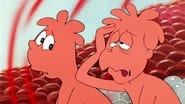
The architecture that protects the body’s organs is magnificent! However, even the slightest fracture can cause significant damage.
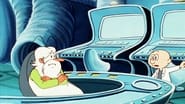
Muscles account for almost half the weight of the human body. They also need a ton of energy to do their jobs correctly.

Combat teams act as preventative barriers and are prepared to defend the cell’s nucleus against toxic gases and contaminants.

Vaccines bring us so many benefits! People who don’t get vaccinated run the risk of contracting a disease that is stronger than our natural defenses.

At the heart of the hypothalamus, Teacher shows us how this region sends out orders to satisfy all the body’s needs.

A walk in the forest is the perfect way to learn about the extraordinary food chain that exists between the sun, vegetation, animals, and man.

Pedrito is 8 years old and is tired after a long day. When he goes to bed, Teacher and his helpers observe the activity that continues during sleep.

Pedrito wants to know why his grandpa can’t play ball anymore, so he tells Pedrito an old story about a sphinx.





